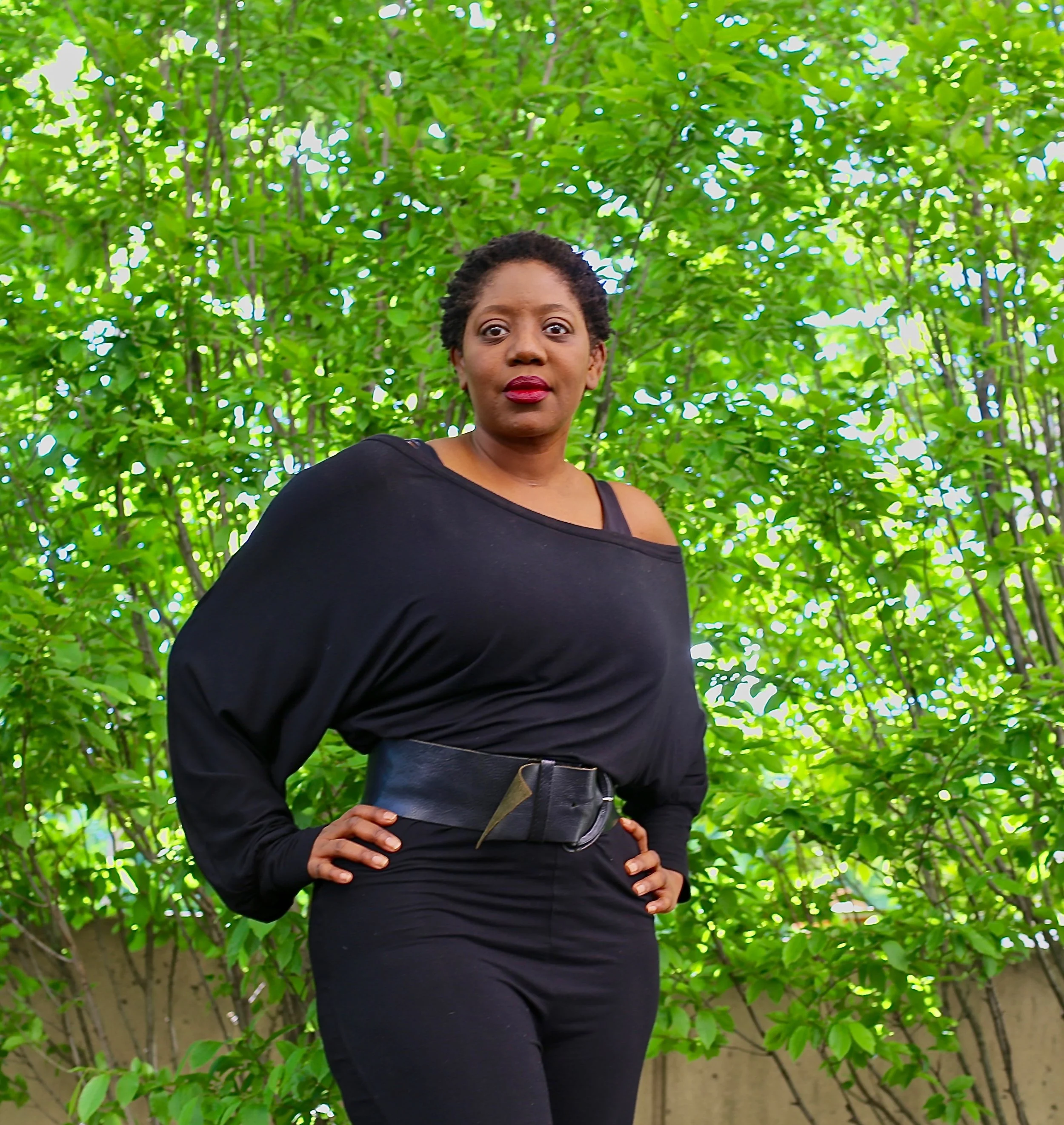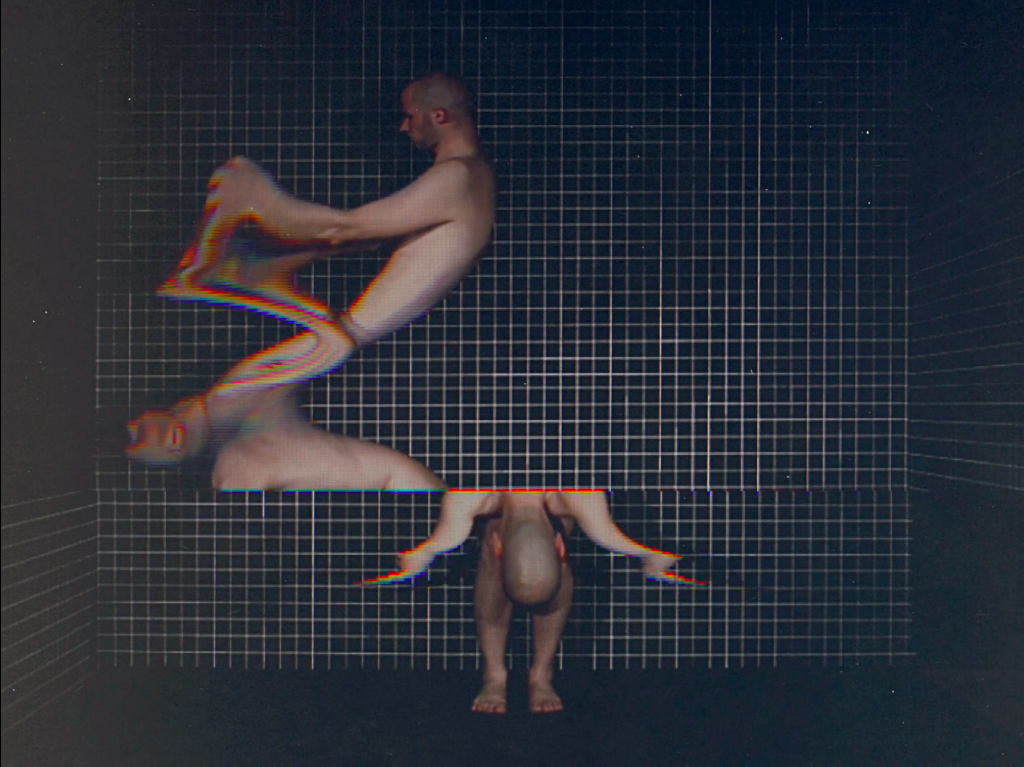Interview with Melissa Coleman
Melissa Coleman
I first met Melissa Coleman when I lived in The Netherlands. I was a graduate student at Universiteit Leiden and she was teaching. Since the Leiden days, I moved to New York and Melissa moved to London. After four years, we had the opportunity to reconnect when she came to show her work at Pratt Manhattan’s exhibition CODED_COUTURE during February’s Fashion Week. I was able to see her work and discover the work of an international group of designers working in fashion tech. Our adventures in the city included the wrong kind of party and a studio visit with Michael Scoggins.
Since Melissa’s visit, the Met Gala showed what celebrities, stylists and a lot of money could come up with at the intersection of fashion/technology, given the theme of Manus ex Machina (“Man & the Machine”). After seeing Coleman’s and others’ innovations in the area, the dresses at the Gala proved interesting. As many outlets gushed over celebrities and their dull-to-brilliant interpretations of the theme, I couldn’t help but compare it to the work of the artists and designers who have dedicated their careers to fashion tech. While Zac Posen may have won raves for his fiber-optics lighting up a ball gown, Coleman had crafted works sure to light up a more thoughtful discussion.
Melissa Coleman with Holy Dress
2012
Brass, Copper Plating, LED lights, Fabric Dress, Commercial Lie Detector, Novelty Shock Pen
CODED_COUTURE
Pratt Manhattan Gallery
photo by Daniel Terna for Pratt Institute
The Holy Dress analyzes voices’ indicators of untruthfulness. The dress lights up and administers shocks based on the wearers’ responses, “training” the wearer to become more honest.
The Holy Dress from Melissa Coleman on Vimeo
Media Vintage seeks to re-materializes digital media though textiles and clothing. Situated between the early concepts of media storage such as Vannevar Bush’s “memex” (a hypothetical proto-hypertext media storage system envisioned in 1945) and current notions of portable data storage platforms, Media Vintage can be understood as a trip “back to the future” to better understand present-day data storage and computation.
Melissa Coleman
V2_Lab (Rotterdam)
Media Vintage Alpha
2009
Suitcase
Media Vintage: Alpha is a suitcase with a re-mediating ribbon platform that can be used to write analog Morse Codes.
Melissa Coleman
V2_Lab (Rotterdam)
Media Vintage: Charlie
2009
Jacket (Burberry), Felt Punch Card, Vintage headphones, LED lights
Media Vintage: Charlie is a trench coat that holds textile punch cards which contain audio files of the childhood memories of an American man born in the 1920s. This piece was inspired by an article written by Bruce Sterling that pointed out how new media becomes obsolete faster than old media. The coat attempts to change that as it preserves stories in the form of punch cards in its pockets. To read the holes in the punch card, the coat uses LEDs and light sensors.
Melissa Coleman
Political Lace
Heaven
Lace, LED
photo by Claudia Rocha/Handout
Political Lace is an accessory is fitted with an LED light that blinks every seven and a half minutes – the frequency at which young women die unnecessarily during childbirth.
Melissa Coleman
Political Lace
(detail)
Lace, LED
photo by Claudia Rocha/Handout
Arcade Project: How did you become interested in fashion and tech? Did you begin in the fashion industry?
Melissa Coleman: I started my journey to fashion tech in a computer science program. My graduation piece was a body suit for dancers that tracked their personal space and shared it with another person through vibrations. I made the suits by literally strapping transparent pouches with circuit boards onto limbs. It had a certain hacker aesthetic, but I longed for ways to make the technology better integrated with the clothing. So that’s how I got started in fashiontech. Fashion for me is now a medium to explore artistic ideas around technology.
AP: Can you tell me a bit about your collaborative work?
MC: Much of my work is collaborative. I take on different roles in the process. Usually I’m in charge of production, concept and technology. On the Holy Dress I collaborated with Joachim Rotteveel for the metal work and Leonie Smelt for the fashion design. Collaborations allow your projects to go beyond your personal limitations allowing you to dream bigger. I’m a real nerd for process, so I love getting to work with other people up close. I want to know how others go about creating things. Recently I did a shoot for Political Lace and made a video for the Holy Dress with Claudia Rocha, That Thing Productions and a really kickass crew. This sort of thing is often viewed as purely documentation in the design community, but for me they are really projects on their own. They are great opportunities to do story telling around the pieces. Unlike creating fashion tech, a photoshoot or a video production is assumed to be collaborative. I wish this was the case in fashion tech too. Often in collaborations the press likes to single out one person as the creator, effectively erasing your collaborators. My work is lifted up to higher levels with the help of my collaborators, so when I get a podium I want my collaborators there with me.
AP: I have an interest in low-tech futurism, retrofuturism and Media archeology. For example, “Existenz” is one of my favorite films in this genre and style. Media Vintage reminds me of this design movement. How did you come up with the idea of looking into the past to create a piece of fashion’s future?
MC: I was inspired by an article by Bruce Sterling in The Book of Imaginary Media, in which he points out that new media become obsolete faster than old ones. Media Vintage is trying to find a middle ground between old and new and physical and intangible. More and more of our data is in the cloud, which in reality is a server far away from us. We hope our data is safe – but we don’t actually know for sure. It’s completely abstract. Media Vintage is a series of machines that store our most important data, our memories, in a physical encoding -embroidered braille, woven Morse code and fabric punchcards — so that our important data remains when the technology dies.
AP: What are some current applications of wearable tech that you find promising?
MC: Everyone got disappointed in wearable tech in 2015 with the mass adoption and subsequent mass abandonment of fitness trackers. It’s still very early days for wearable tech. I think we’re a few years away from some really exciting material research coming into the market and big data will mature more too. The combination of those two things is very exciting.
AP: Where do you see the future of wearable tech and fashion tech?
MC: Fashion tech and wearable tech will move from the fringes to the mainstream as the materials get standardised, as designers become used to designing for technology and as technology becomes more context aware. Right now it’s still not providing enough added value for those who are not gadget lovers. This will change. I think we will live longer whilst wearing sensors that monitor our health and we will be completely addicted to what the sensors tell us about ourselves.
AP: Are there some colleagues that we should watch for in the future?
MC: I love the work of Ebru Kurbak and Irene Posch. They do really interesting work that combines critical concepts with materials research. They made a knitted radio sweater where the electronic parts are invisible because they are part of the knitting pattern. They see electronic clothing as a possibility to create personalised peer to peer communication systems in countries with oppressive governments.
AP: What are your plans for your next projects?
MC: Leonie Smelt and I are working on a dress based on the Political Lace collar and I have a curatorial project coming up in Mexico City. Both the political lace and the exhibition are taking a critical and political look at wearables. People sometimes accuse wearable tech of being pretty but not serious – I’m here to prove them wrong.
Melissa Coleman is an artist, curator and creative technologist specialised in fashion tech and connected objects. In her art and exhibitions she critically explores the relationship of fashion, politics and technology. She exhibits worldwide and her work has been covered by New Scientist, Wired, The Guardian, Vogue.com, Fast Company and Dezeen. She co-founded Rotterdam’s V2_ E-textile Workspace and London’s E-Stitches meetup at the V&A Museum. She is part of the core team that created Hackaball, a connected ball that teaches kids coding, one of Time Magazines best inventions of 2015.
















